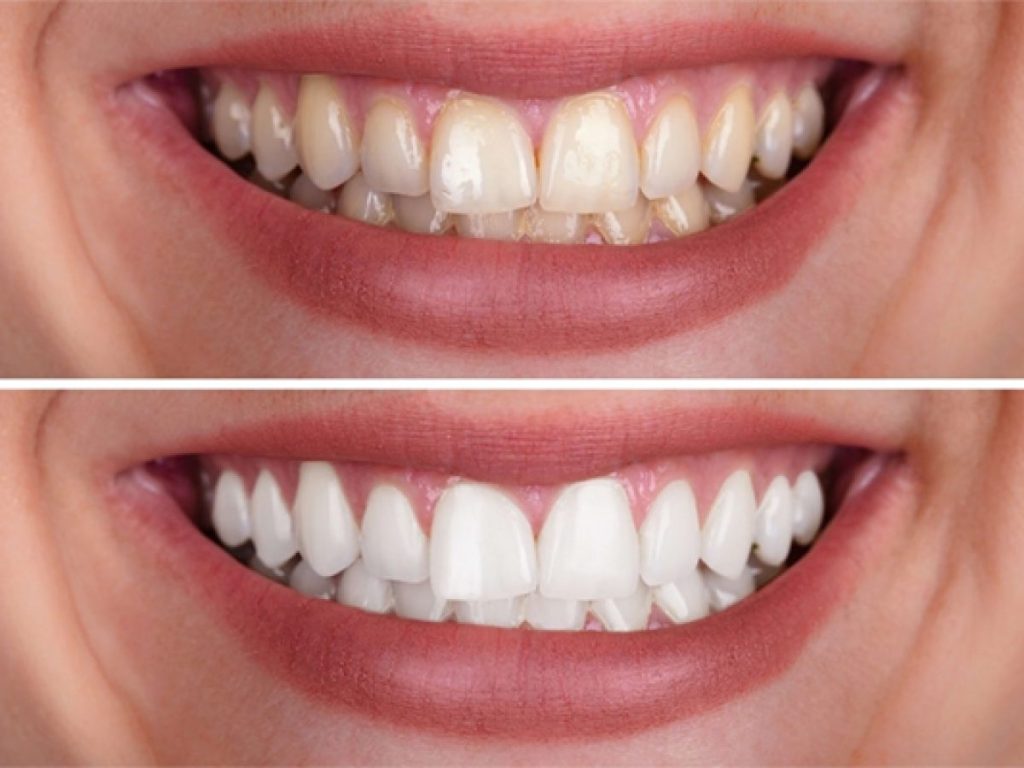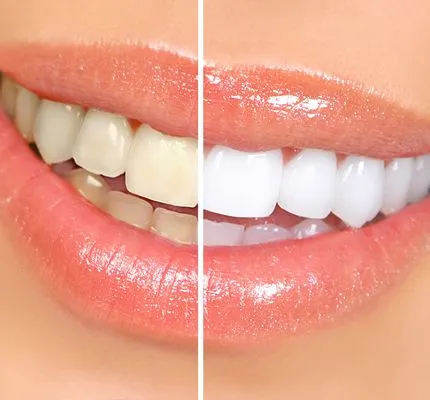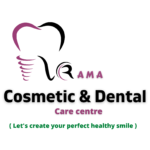WHAT IS Teeth Bleaching (Whitening)?
Teeth bleaching, also known as teeth whitening, is a cosmetic dental procedure designed to brighten and lighten the color of teeth that have become discolored or stained over time. It is a popular and non-invasive treatment that can enhance the appearance of a person’s smile by making the teeth appear whiter and more aesthetically pleasing. Here is an overview of teeth bleaching.


WHAT IS THE NEED FOR TEETH WHITENING?
The enamel which reflects the natural color of your tooth can stain or dentin which is the inner surface of teeth stains and yellows the teeth. The causes of tooth discoloration are varied.
- 1. Consuming tea, coffee, wine, cola frequently
- 2. Smoking cigarettes and chewing tobacco
- 3. High intake of fluoride during childhood
- 4. Damage of developing permanent teeth due to accident or trauma
- 5. Aging can also contribute to staining of teeth as with age the enamel gets thinner exposing the dentin below. With age, the dentin come in contact with certain food and beverage and can stain your teeth.
Common Causes of Tooth Discoloration:
- Extrinsic Stains: These are stains that occur on the outer surface of the teeth and are typically caused by factors such as consuming dark-colored foods and beverages (coffee, tea, red wine), tobacco use, and poor oral hygiene.
- Intrinsic Stains: These are stains that occur within the tooth’s structure and may result from factors like aging, trauma, certain medications, or excessive fluoride exposure.
Types of Teeth Bleaching:
In-Office Teeth Whitening:
- This procedure is performed in a dental office and offers the quickest and most dramatic results.
- The dentist applies a high-concentration bleaching gel to the teeth and may use a special light or laser to activate the gel.
- In-office whitening typically takes about one hour, and multiple sessions may be required for optimal results.
At-Home Teeth Whitening:
- At-home teeth whitening involves the use of custom-fitted trays that are filled with a lower-concentration bleaching gel.
- The patient wears the trays for a specified period each day, typically for several weeks.
- This method allows for gradual whitening and is often recommended for maintenance following in-office treatment.
Over-the-Counter (OTC) Whitening Products:
- OTC whitening products, such as whitening toothpaste, strips, and gels, are available for purchase without a prescription.
- These products typically contain a lower concentration of bleaching agents and may provide more modest results compared to professional treatments.
Bleaching Agents:
- The active ingredients in teeth bleaching products are usually hydrogen peroxide or carbamide peroxide. These compounds break down stains on the teeth, leading to a whiter appearance.
Benefits of Teeth Bleaching:
- Improved Aesthetics: Teeth whitening can enhance the appearance of the smile by making teeth appear whiter and brighter.
- Increased Self-Confidence: A whiter smile can boost self-esteem and confidence.
- Non-Invasive: Teeth bleaching is a non-invasive procedure that does not require altering the tooth’s structure.
Considerations:
- Teeth bleaching may not be effective for all types of tooth discoloration. It is generally most effective for extrinsic stains caused by food, beverages, and tobacco use.
- The results of teeth bleaching are not permanent, and maintenance may be necessary over time.
- Some individuals may experience tooth sensitivity during or after the whitening process, which is usually temporary.
- It’s important to consult with a dentist before beginning any teeth whitening treatment to determine the most suitable approach and ensure that your oral health is in good condition.
Teeth bleaching is a popular cosmetic dentistry procedure that can help individuals achieve a whiter and more attractive smile. The choice of treatment method and the extent of whitening achieved may vary based on the individual’s preferences and the type of tooth discoloration being addressed.
